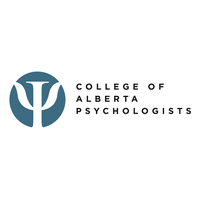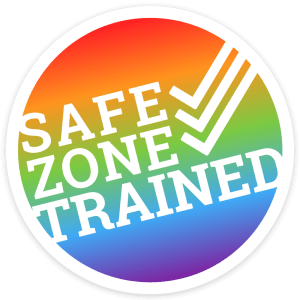Sometimes, your brain can play tricks on you and create thoughts that bend the truth, or alter reality – these kinds of thoughts are called Thought Distortions. They can also be called Thinking Traps or Cognitive Distortions.
Having these thoughts doesn’t mean you can’t trust your brain, but you may want to ask yourself how you can look at these thoughts differently… The ability to find happiness in your thoughts and experiences is already within you. There are techniques and strategies to activate what I call your ‘Happiness Pill’.

Photo from Canva Pro
Getting Hooked
According to the National Science Foundation, the average person has between 12,000 – 80,000 thoughts A DAY! over 6,000 (can we please reference) thoughts A DAY! Your brain brings your attention to some of them more than others; the thoughts you believe in the most..
Giving your attention to some thoughts can be helpful – like if you think you are a great artist, or you believe you have good support in your life. Of course you want to believe these thoughts! They make you feel really good. You want to let yourself believe in them.
However, there are other thoughts that can get you hooked or hijack your brain and don’t serve you as well. Things like “I”m going to mess this up. I ALWAYS make mistakes here. People don’t actually like me, they just feel bad for me.” These thoughts can make you feel really down, or bad about yourself, and they impact your behaviour negatively. You might not step up and do the things you want to do because you’re stuck in your thoughts (or trapped). It happens to all of us!
These thinking distortions are kind of like those mirrors at the carnivals, you know the ones that are curved, and wobbly. They make your body look bizarre, and wonky; distorted. Your thoughts will sometimes do things like that – they will distort reality.
The difference between the mirrors at the carnival , and the thoughts in your head is that sometimes you don’t know you’re looking through the wonky mirrors, so you believe what you’re seeing/believing is true.
The key to seeing through thinking distortions is to recognize times when you are standing in a mirror like this; when you are hooked on a thought. To bring awareness to what it is leading you to think and feel about yourself. If you look into the mirror and see something you don’t like, then maybe that’s not a thought you want to hold onto. You have the power to choose which mirror you want to look into.
There are many different types of Thought Distortions. Here are the six most common ones I hear from the teens I work with:
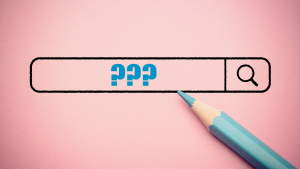
Photo from Canva Pro
Six Types of Thought Distortions
- Catastrophizing is when you think about something that has happened and immediately jump to the worst case scenario – “I got a bad grade, so now I am going to fail the whole class. I said something that wasn’t cool, so now I’m never going to have friends; everyone is going to hate me.”
- Minimizing is when you take your accomplishments and your successes and dismiss them. If you believe you aren’t good enough, you minimize any thoughts that could prove that wrong. Like if you got a part in a play, or a new job and you say things like “Oh, I only got the part because the teacher didn’t have other options” or “My friends works there, that’s why I got the job.” You dismiss that any successes may actually be because of you! Who you are. Your personality, characteristics, talents, skills, etc.
- Labelling is when you put a label on yourself, about who you are, rather than it being something you did, or that may have happened. You label yourself as something, rather than labeling the behaviour.

Photo from Canva Pro
Instead of thinking “oh, I made a mistake” you’re thinking “I AM stupid, or I AM lazy.”
- Mind Reading/Jumping to Conclusions is when you think you know what another person is thinking or feeling, without having any proof of that; nobody is actually saying that. Let’s say you’re at a party, and you’re feeling a little awkward, so you’re hanging out in the corner, not really talking to anyone. Mind reading could look like: “they all hate me, nobody wants to talk to me. Everyone here thinks I”m so weird.You jump to conclusions!
- Black & White Thinking (AKA all or nothing thinking) is when there is no grey zone in your thoughts. It’s either/or; can’t be anything else. This shows up in ‘always’ or ‘never’ type of language – “I ALWAYS mess up new conversations. I NEVER get picked first for the team.” Oftentimes, you might have thoughts that begin with “everyone” or “no one”… If your thought begins with some of these, you’re likely in all or none thinking.
- Personalization is when you make a situation about you, when it isn’t really about you. You take the blame for things that have very little to do with you or are outside of your control. It is different from taking accountability or responsibility for something you’ve done; this is where everything is your fault.Let’s say you and some classmates at school got a bad grade on a group presentation. A personalization thought would look like “this is all my fault because I didn’t draw the poster well enough. I caused everyone to have a low grade, because I was so terrible at presenting.” The truth here is likely that everyone had a part to play in the low grade.
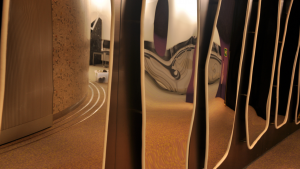
Photo from Canva Pro
Alternative Thinking
Now that you can recognize the different types of Thought Distortions, you can begin to notice when you are thinking in this way. Here are some questions you can ask when you notice these thoughts:
- What situations are these types of thoughts showing up in? ( E.g.: do they show up more when I’m at school, or when I’m with my friends?)
- What are the most common thinking traps for my brain?
- Is this actually true?
- What’s the evidence for this thought?
- What’s the value in standing in front of this mirror? Why do I want to stand here?
- DO I want to???

Photo from Canva
The next step is to think of alternative thoughts – if the thought you’re currently thinking is a possibility, what else could it be? Ask yourself:
- How does this thought make me feel? Is this how I want to feel?
- What is the behaviour – or the way I am acting – because of this thought/how it makes me feel? Is this the behaviour I want?
If your answer is no to either of these questions, what could be an alternative, another thought that would lead to a different feeling or behaviour?
For example, you could be thinking “I didn’t get invited to the movies because nobody likes me” which is making you feel really crappy about yourself… You may choose to stop talking to your friends (the behaviour), or isolate yourself from others. Or instead, you could think: “what else could it be? Could there be something else that is true?”
You want to find thoughts that may lead you to feeling better, or taking a different action.
Imagine all of your thoughts in a day (12,000+, remember!) are all in one big glass house that is covered in the mirrors we talked about earlier. Which ones do you want to stand in front of? What is a mirror you would rather look into?

Photo from Canva Pro
That could be a mirror of confidence – if you want to stand in front of that mirror, ask yourself what would it look like?
A mirror of confidence might look like: “They didn’t invite me this time, maybe they didn’t know I wanted to come to the party/find it fun. I really like hanging out with people and can’t wait until the next opportunity to join them!” Where does thinking these instead lead you to feeling? It may help you feel better; motivated, and confident.
Your actions will look different when you feel differently – you might go talk to new people, or be active in the social media group your friends are in.
Being aware of your thoughts, asking these questions, and thinking alternative thoughts is the power you have to make a choice about what you think and feel. It is how you find happiness in your experiences – your own ‘Happiness Pill.’
This work is not easy. There might be a lot of mirrors in front of you with distortions and images you don’t like! You have to work to find mirrors without the distortions, the ones that will support you. It takes effort and work, which can be discouraging. But I promise – it is so worth it!
‘The Happiness Pill Program’ is a program I created just for you and all the other teens who are also feeling anxious and thinking worried thoughts. It is a program designed to give you the power to find, create, and choose your own happiness. You will get to connect with me personally to map out the life you want, and build a friendship circle (online) of friends who are building the same skills as you are. Send me an email for more information – you can feel light, and free with the things you will learn in the program!
You can also follow me on TikTok (@therapywithchantal) or Instagram (@therapywithchantal) for daily tips, resources, and quotes.
As always, reach out any time!
Love,
Chantal
 Chantal Côté (she/her) is a psychologist and teen life coach living in Calgary, Alberta. After over a decade in non-profit and community mental health, Chantal started Pyramid Psychology, a practice dedicated to supporting teens – a population she is constantly amazed by. Chantal is on a mission to help 100,000 teen girls (and their parents) build bulletproof mindsets so they can weather the ups and downs of life. As part of this goal, Chantal has had the privilege of speaking at various events – virtual and live – to support teens and parents.
Chantal Côté (she/her) is a psychologist and teen life coach living in Calgary, Alberta. After over a decade in non-profit and community mental health, Chantal started Pyramid Psychology, a practice dedicated to supporting teens – a population she is constantly amazed by. Chantal is on a mission to help 100,000 teen girls (and their parents) build bulletproof mindsets so they can weather the ups and downs of life. As part of this goal, Chantal has had the privilege of speaking at various events – virtual and live – to support teens and parents.
Outside of this passion, Chantal is often in nature, writing poetry, playing ball hockey and hanging out with her loved ones.
Each week, Chantal writes a blog article in response to issues she hears from the parents and teens she connects with. If you have something you’d like to read more on – email ideas and questions to info@pyramidpsychology.com or DM us via Instagram or Facebook.
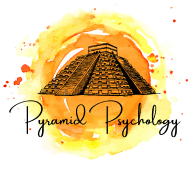

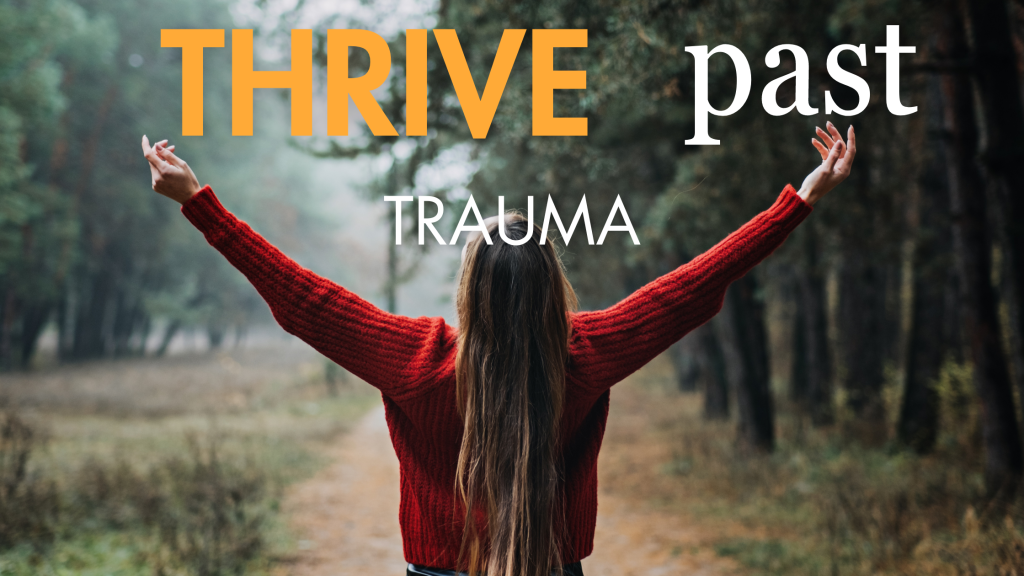









 What I would tell my younger self (younger sibling). When I ask this question 9 times out of 10, teens tell me their advice for their younger person would be to wait as long as they can before they start using social media, to avoid platforms that constantly show them videos and pictures they compare themselves to, and to enjoy things outside of screen time.
What I would tell my younger self (younger sibling). When I ask this question 9 times out of 10, teens tell me their advice for their younger person would be to wait as long as they can before they start using social media, to avoid platforms that constantly show them videos and pictures they compare themselves to, and to enjoy things outside of screen time.
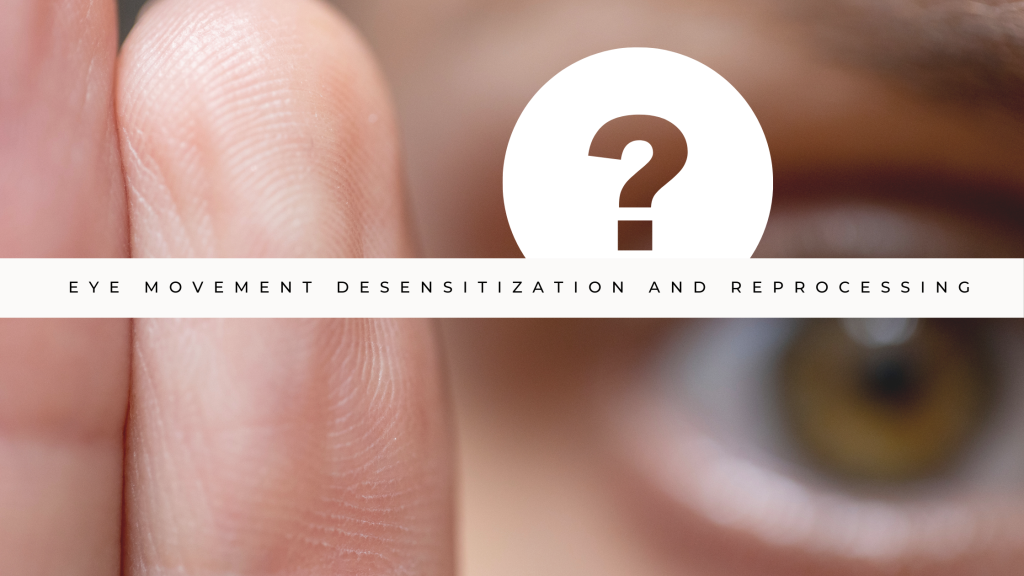





 Hello, my name is Tara, and I am a graduate student in counselling, I will be doing my practicum at Pyramid Psychology and I am very excited to practice all the skills I have learned as well as develop new relationships.
Hello, my name is Tara, and I am a graduate student in counselling, I will be doing my practicum at Pyramid Psychology and I am very excited to practice all the skills I have learned as well as develop new relationships.















 I am a registered social worker with a Bachelor of Social Work with a major in psychology from the university of the Western Cape, and a Master’s in Clinical Social Work specialization with individuals, families, and groups from the University of Calgary.
I am a registered social worker with a Bachelor of Social Work with a major in psychology from the university of the Western Cape, and a Master’s in Clinical Social Work specialization with individuals, families, and groups from the University of Calgary.




















